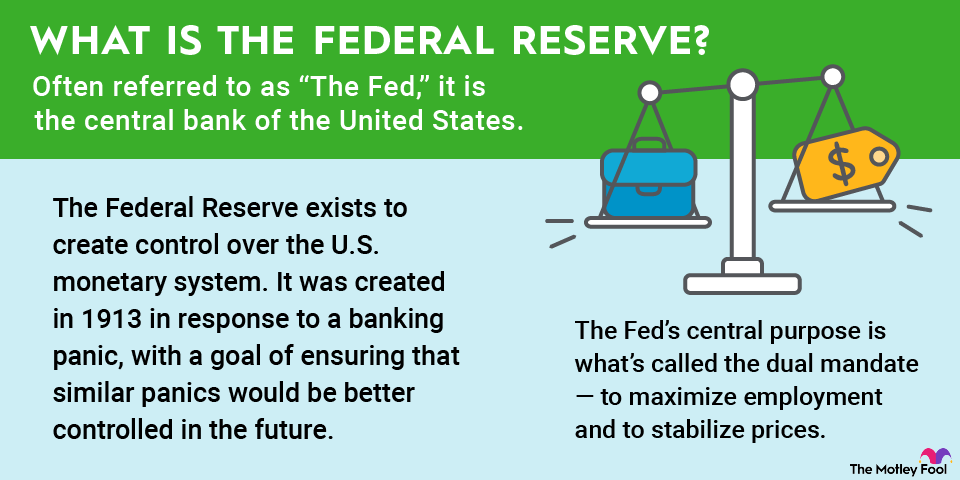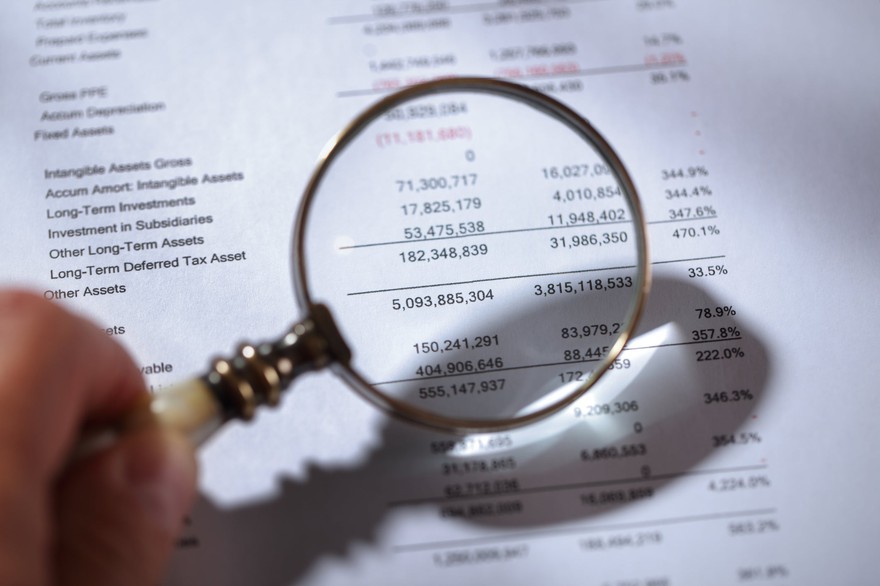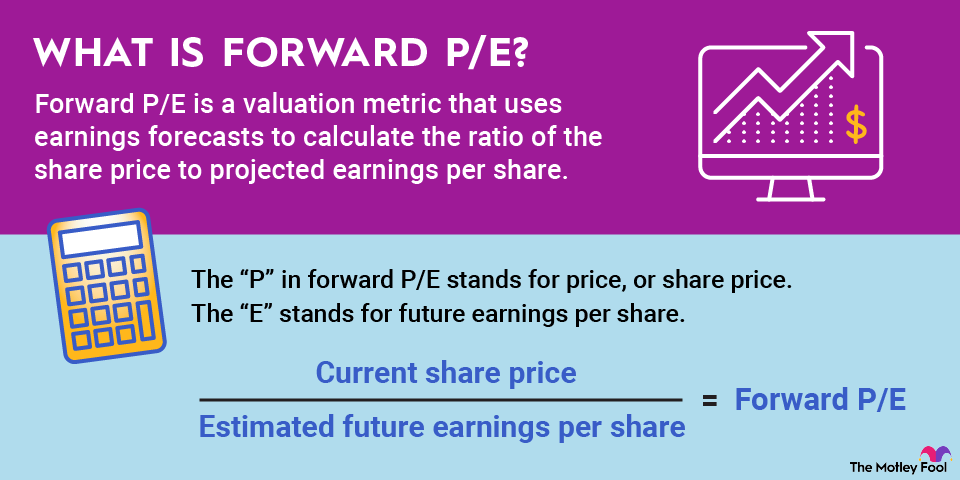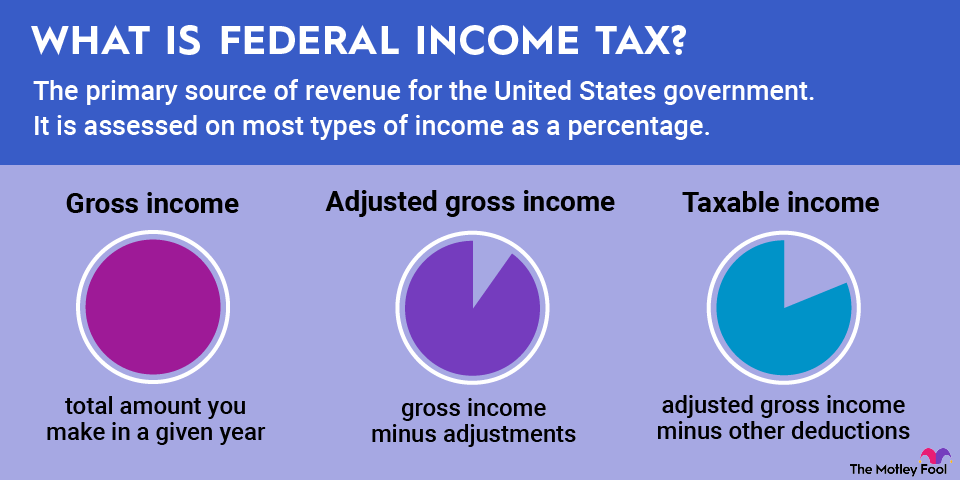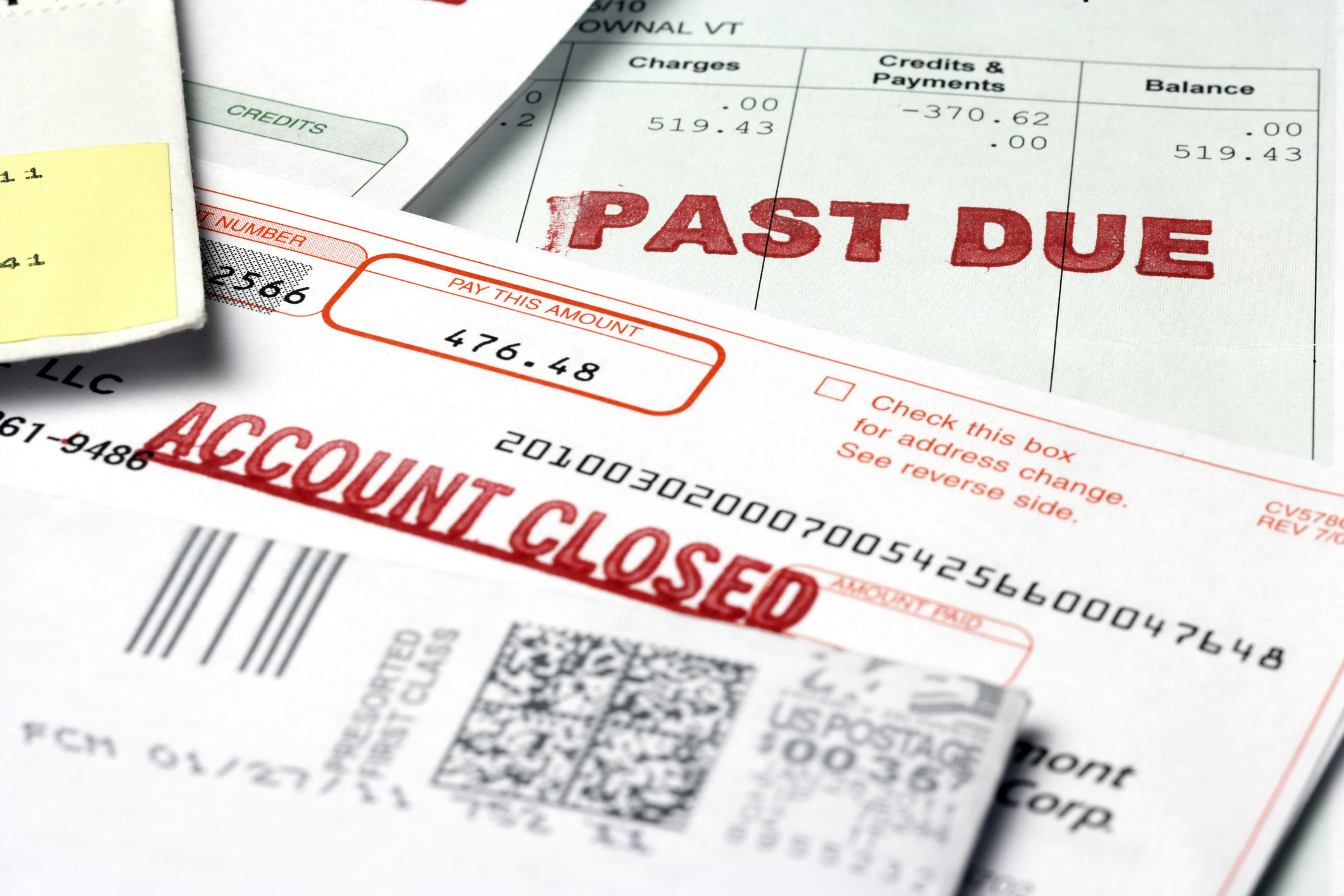Many people think about retirement every day. It's important that we understand what we have on the road ahead and how it works. If you qualify for the Federal Employee Retirement System, you probably have a lot of questions, and we have your answers.

What is the Federal Employee Retirement System?
The Federal Employee Retirement System (FERS) is a retirement plan for U.S. civilian employees who work within the government. It has an interesting and unusual structure, so if you're in government or you are considering working for the federal government, it's important to understand exactly how it works.
The benefits come in three parts, with consideration to your contributions, retirement age, and benefits based at least somewhat on when you were hired.
Who is included in the Federal Employee Retirement System?
The federal government employs a lot of people, but not everyone is included under the FERS. For example, military personnel are excluded, as are state and local government employees. It does, however, often cover former employees of the federal government, assuming they were not solely military members.
Employees covered by the FERS come from all three branches of government, including the executive, judicial, and legislative branches. For example, a clerk who works in the White House is covered by FERS, and so is the president.
The three parts of the Federal Employee Retirement System
The Federal Employee Retirement System has three main components. Rather than benefits coming from a single source, like a pension for some workers, retirement benefits come from three sources under the FERS.
Social Security benefits
Along with the specific benefits designed for government employees, people covered under FERS are also contributing to Social Security, so they qualify for Social Security benefits when they become disabled or retire. Social Security is based on individual contributions, calculated as a percentage of income.
This is an important side note because many people who are covered by pensions are not contributing to Social Security, so they lack the added protections that it can offer for family members during life and after death.
Basic Benefit Plan
The Basic Benefit Plan is a pension that pays government employees a set amount of money, regardless of what they've paid into its fund. The amount they receive is based on length of service and the average of the three highest paid consecutive years of service. (It only looks at base salary, not bonuses or overtime.)
Annual pension benefits are 1% of the average of an employee's "high-3" for each year they were employed. So, if a worker earned $50,000, $53,000, and $57,000 across their highest consecutive earning years, the Basic Benefit would be based on $53,333, the average pay across those three years.
Thrift Savings Plan
The Thrift Savings Plan (TSP) behaves like a 401(k), and has the same tax benefits and savings as one. During each pay period, the government will deposit the equivalent of 1% of basic pay into the TSP.
Employees can then contribute as much as 5% of pay, and the government will match it, just like a traditional 401(k). Federal workers get to choose from a list of investment options that the plan administrator has designed, although, like a 401(k), there's a limit on annual contributions.
Related investing topics
When can you retire with full benefits under the Federal Employee Retirement System?
The minimum retirement age for FERS is based on year of birth, as well as years of service. Workers born in 1970 or later have to be at least 57 and have five years of service before retirement is even vested.
However, there are cases when workers may be allowed to retire very early, primarily in the case of involuntary separation during a major reorganization or workforce reduction. In this situation, they'll need at least 20 years of service if they're at least 50 years of age or 25 years of service otherwise.
Federal employees can also retire with full benefits at age 62, even if they only worked for five years. Employees who want to retire before then will need 20 years of service at age 60. Retiring prior to age 60 will result in a reduction of benefits unless the employee was retired early, as mentioned above, or as the result of a disability.


